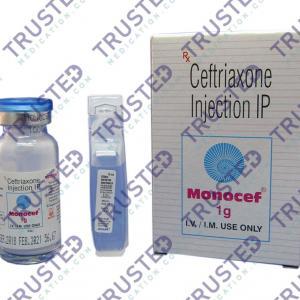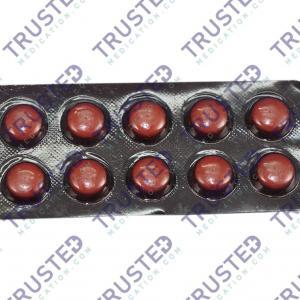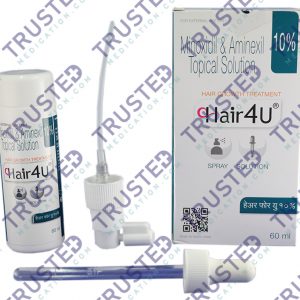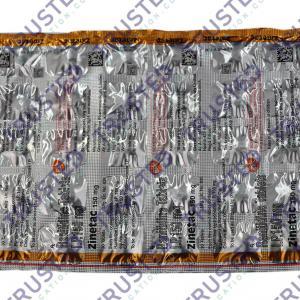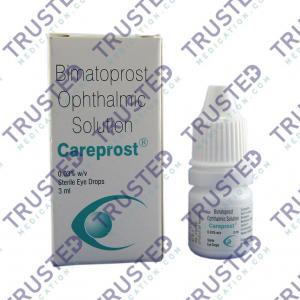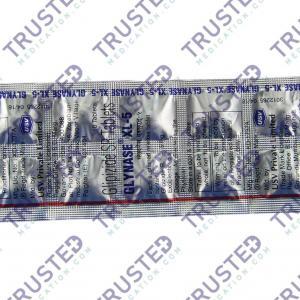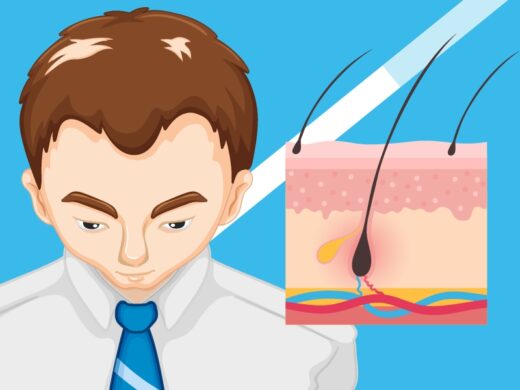
Alopecia Areata can occur in anyone. Men and women get it equally, affecting all racial and ethnic groups. The onset can be at any age, but most people get it in their teens, twenties, or thirties. It tends to be more extensive and progressive when it occurs in children younger than age 10.
What is Alopecia Areata?
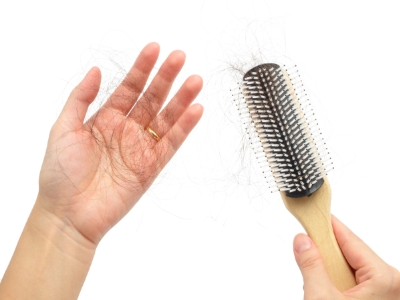
Alopecia Areata is a disease when the immune system attacks hair follicles and causes hair loss. Hair follicles are the structures in the skin that form hair. While hair can be lost from any body part, alopecia areata usually affects the head and face. Hair usually falls out in small, round patches about the size of a quarter, but in several cases, hair loss is more extensive. Most people with the disease are healthy and have no other symptoms.
The course of alopecia areata varies from person to person. Some have bouts of hair loss throughout their lives, while others only have one episode. Recovery is unpredictable, too, with hair regrowing fully in some people but not others.
There are different types of this condition. Alopecia areata is most common in its primary form, but there are other, rare types:
- Alopecia areata Universalis is the loss of hair over your entire body.
- Alopecia areata totalis means you’ve lost all the hair on your head.
- Ophiasis alopecia areata causes hair loss in a band shape around the sides and back of your head.
- Diffuse alopecia areata is a sudden thinning of your hair rather than lost patches.
The main and often the only symptom of alopecia is hair loss. You may notice:
- You lose a lot of hair over a short time
- Small bald patches on your scalp or other parts of your body
- Fingernails and toenails become red, brittle, and pitted
- Patches may get larger and grow together into a bald spot
- Hair grows back in one area and falls out in another
- More hair loss in cold weather
What causes Alopecia Areata?
Alopecia areata is an autoimmune disease. This means that your immune system mistakenly attacks a part of your body.
When you have this condition, cells in your immune system surround and attack your hair follicles, the part of your body that makes hair. This attack on a hair follicle causes the attached hair to fall out. The more hair follicles your immune system attacks, the more hair loss you will have.
It’s important to know that while this attack causes hair loss, it rarely destroys the hair follicles. This means that your hair can regrow. The less hair loss you have, the more likely your hair will regrow on its own.
While anyone can get alopecia areata, some people have a greater risk of developing it. Those most likely to get it to have the following:
- A close blood relative with alopecia areata: It is estimated that about 10%-20% of people with the condition have a family member who has it.
- Asthma, atopic dermatitis, hay fever, vitiligo, thyroid disease, or Down syndrome: Research shows that people with one of these diseases are more likely to get the condition.
- Been treating cancer with a medication: While it’s too early to say whether this dramatically increases your risk, a few cancer patients who received a drug have developed alopecia areata. Hair loss usually begins a few months after they start treatment. Hair loss is considered a good sign. This type of hair loss usually means that the drug is working.
You can treat this hair loss with a corticosteroid that you apply to the bald spots. It allows the hair to regrow without stopping cancer treatment.
What Is The Treatment For Alopecia Areata?
Although there are currently no treatments that work for everyone with alopecia areata, some treatments are effective for some people. Depending on the type of condition you have, your age, and the extent of hair loss, various treatment options are available. The main goals of treatment are to block the immune system attack and stimulate hair regrowth. This can be effective, especially for people with milder forms of the disease.
Recommended medication used for hair loss:
- Alfatradiol – this drug works by stimulating hair growth. Alfatradiol acts against dihydrotestosterone (DHT) and is thought to improve the blood flow around the hair follicle. Proper blood flow will cause hair growth.

